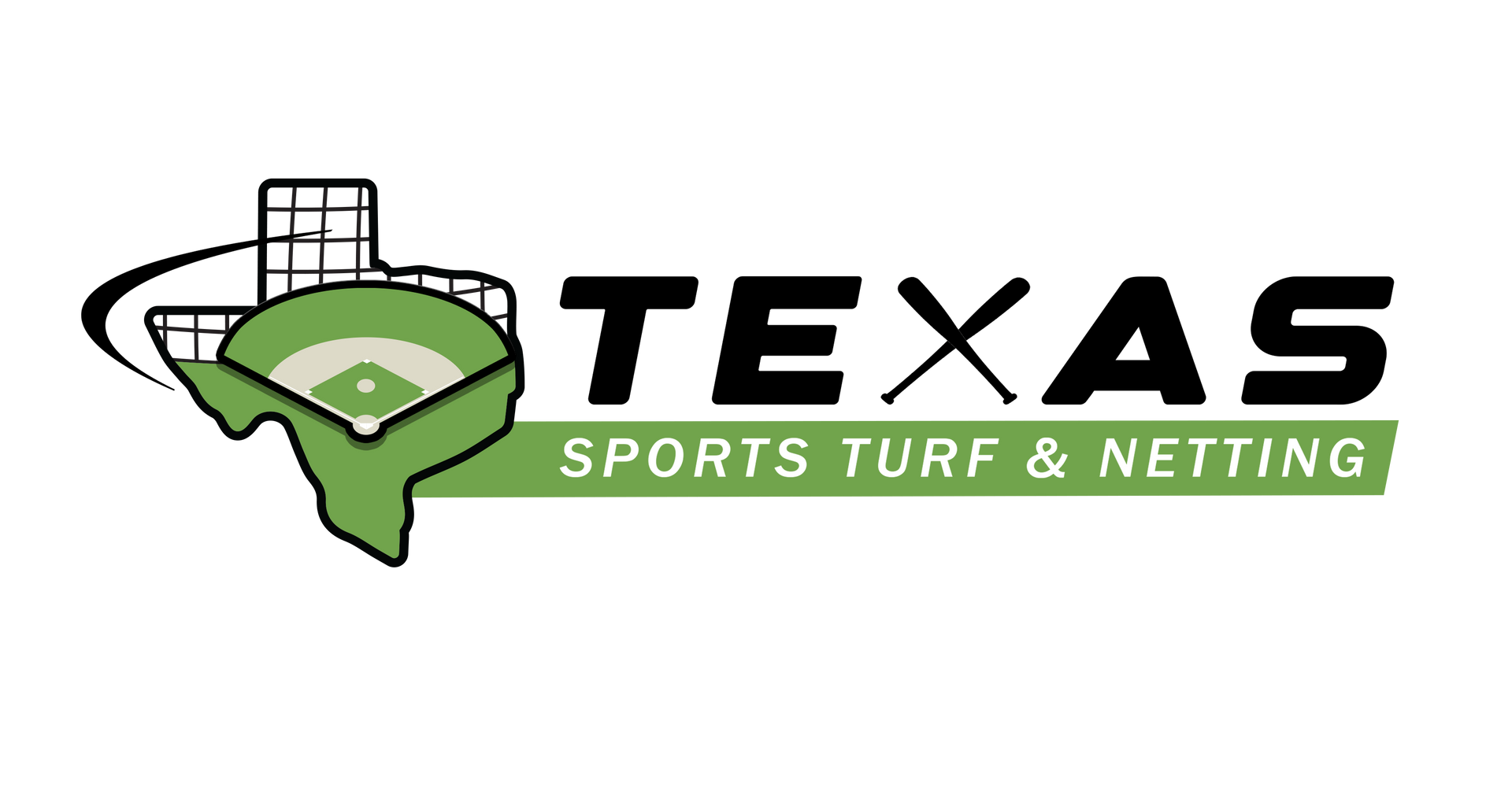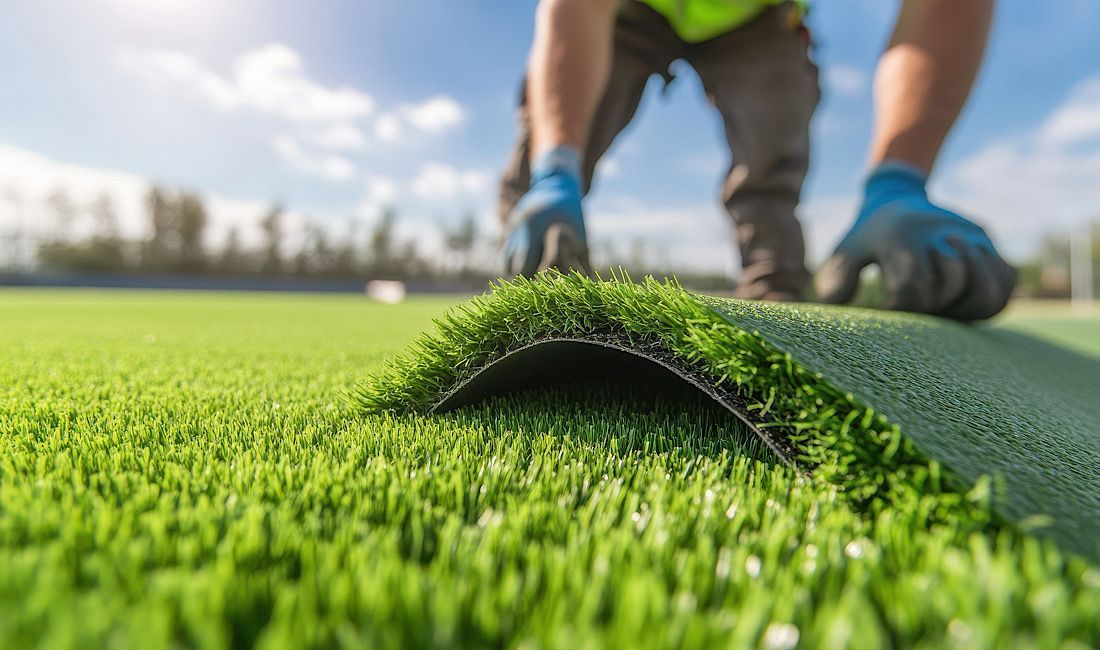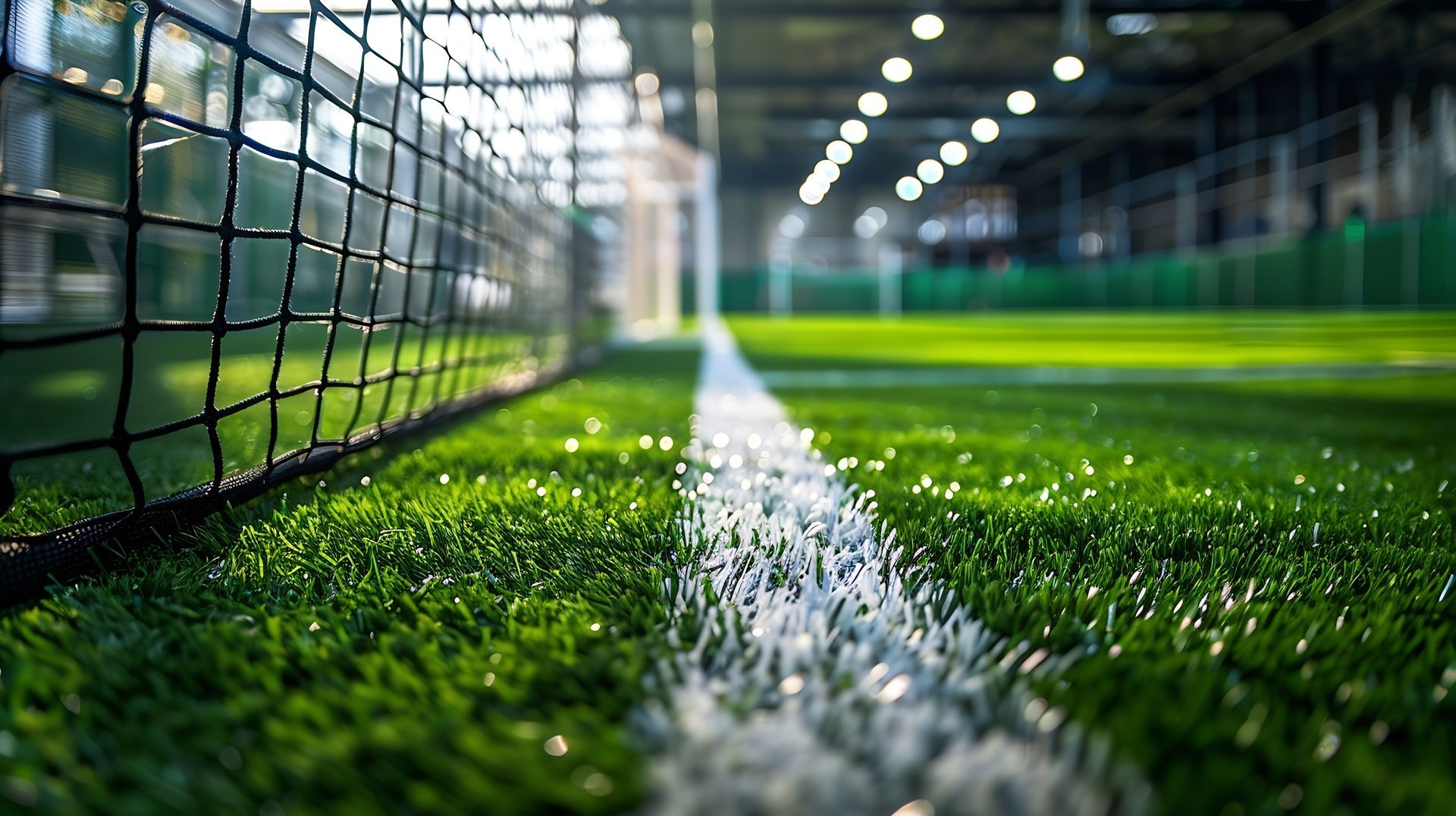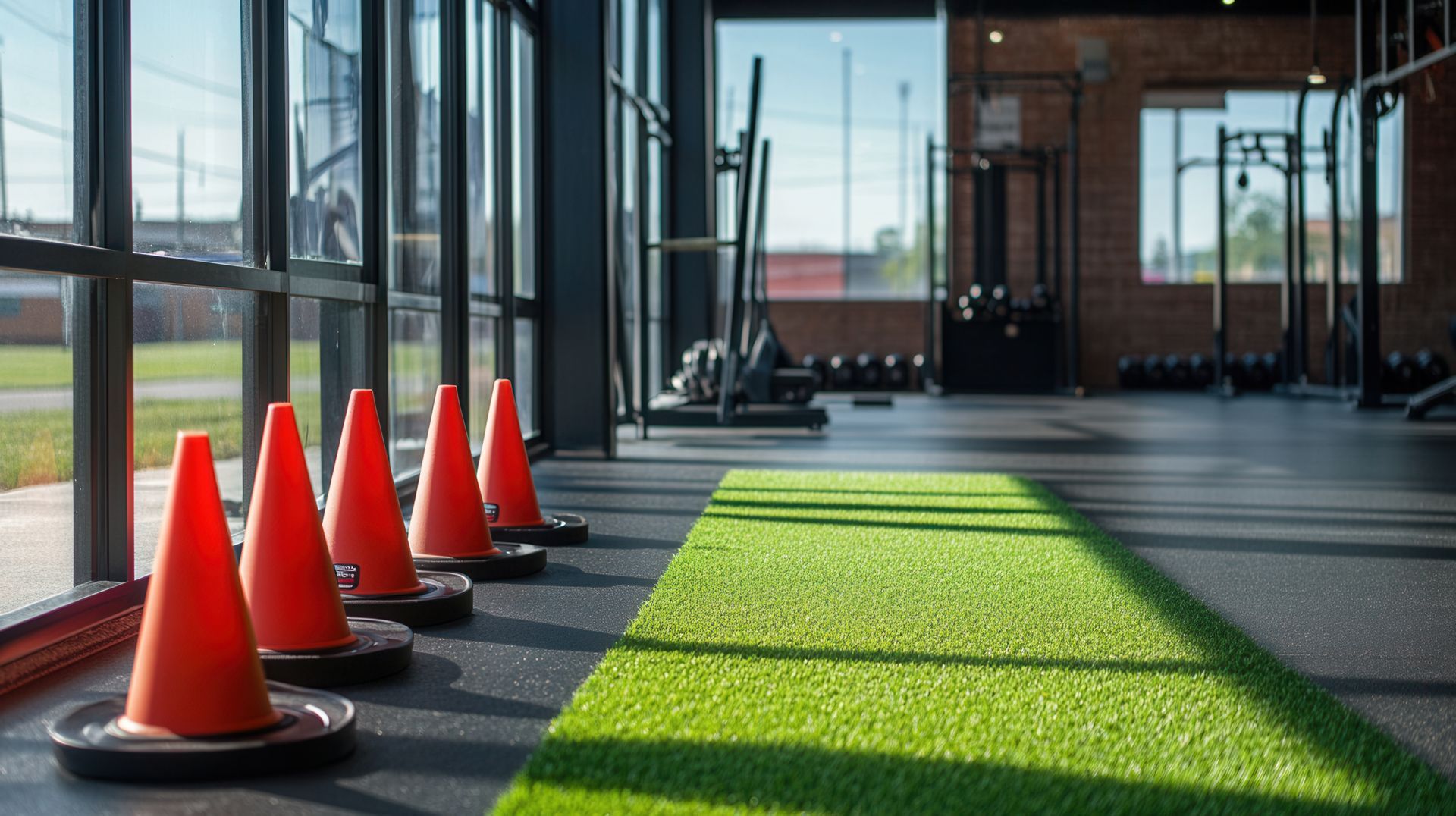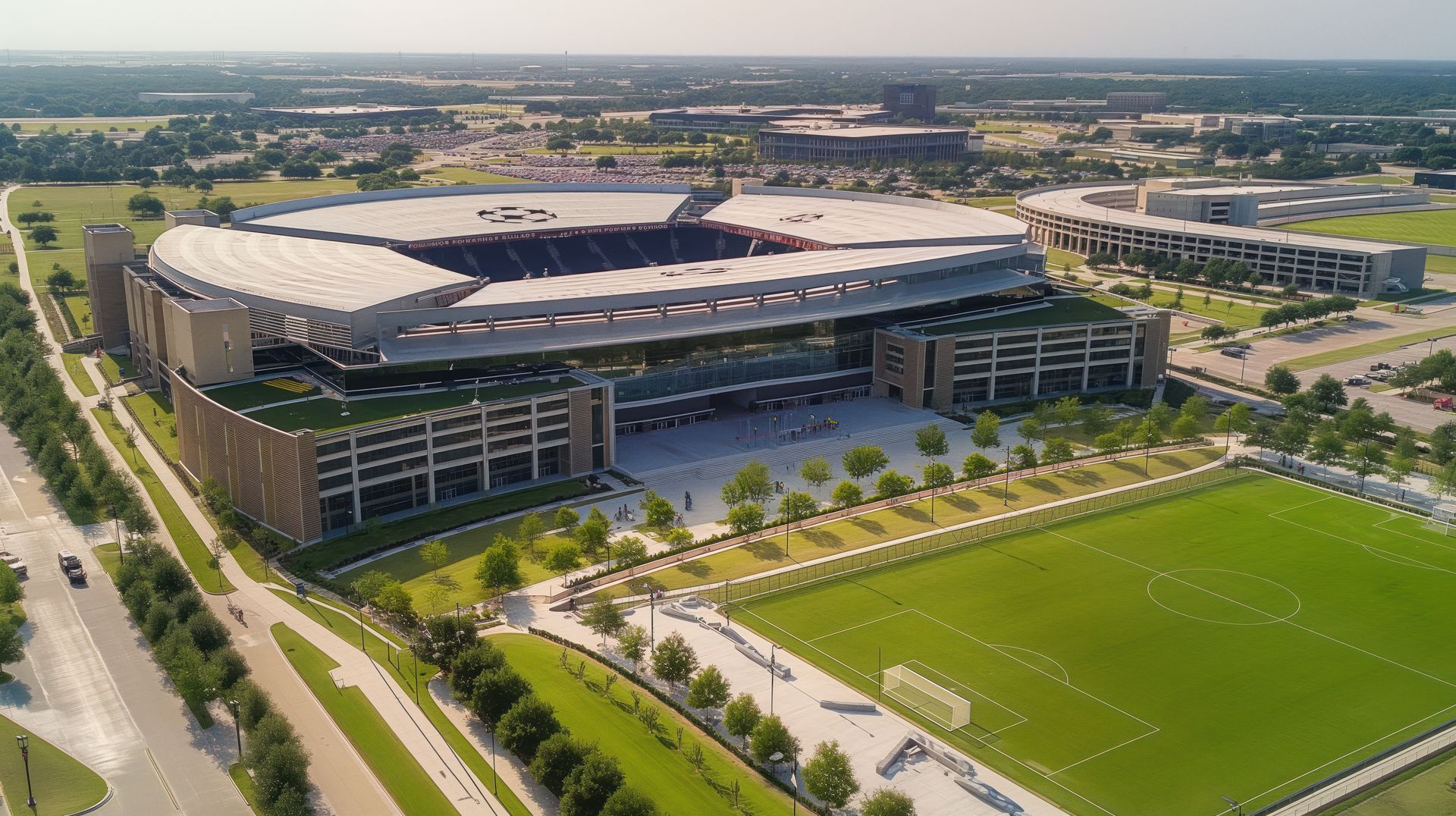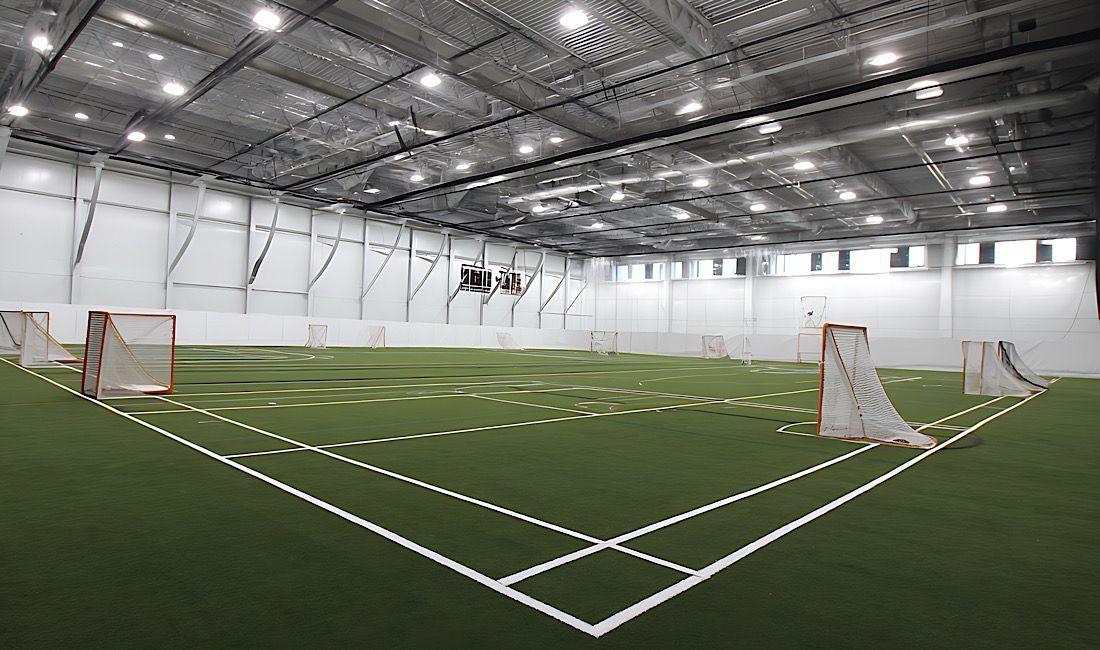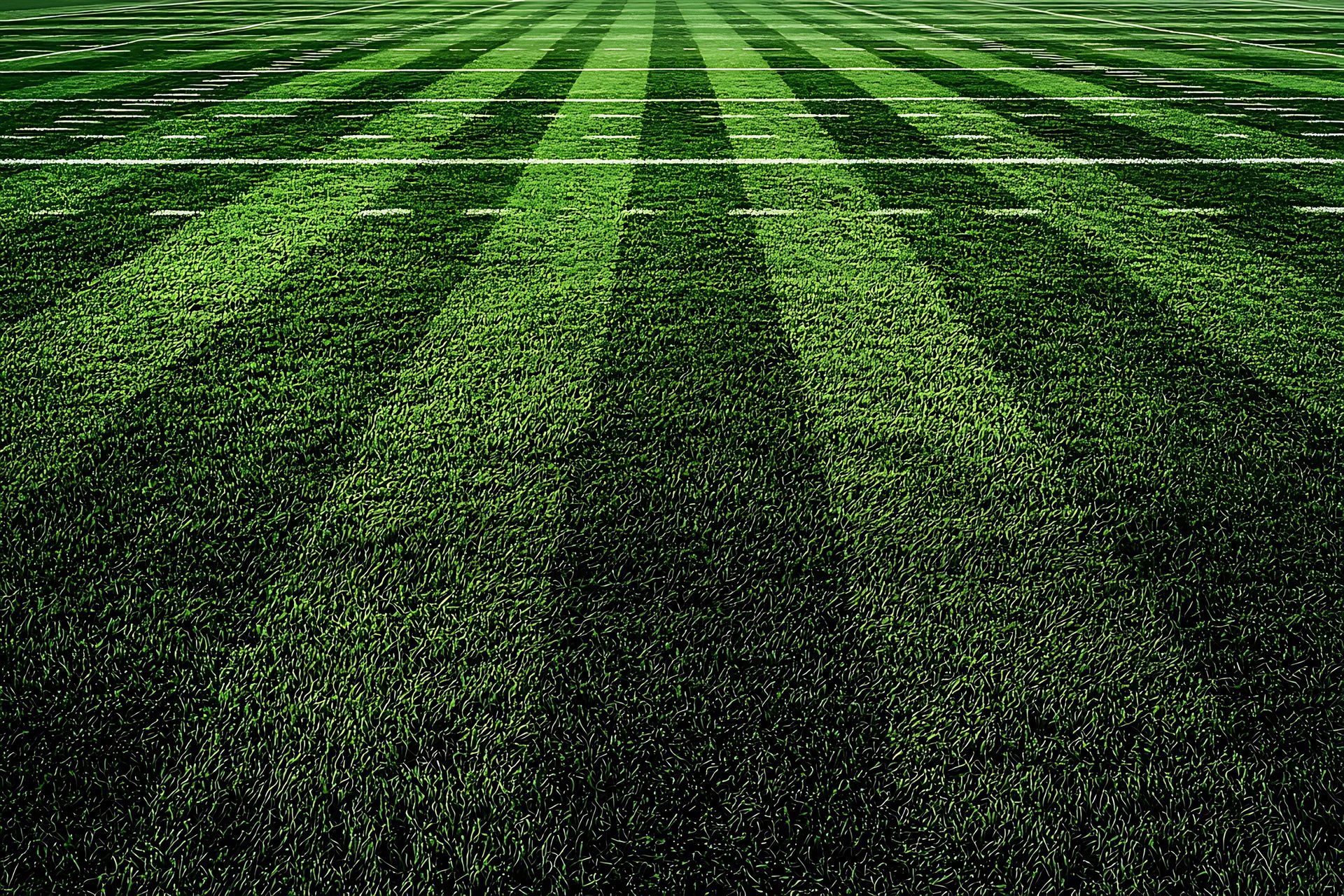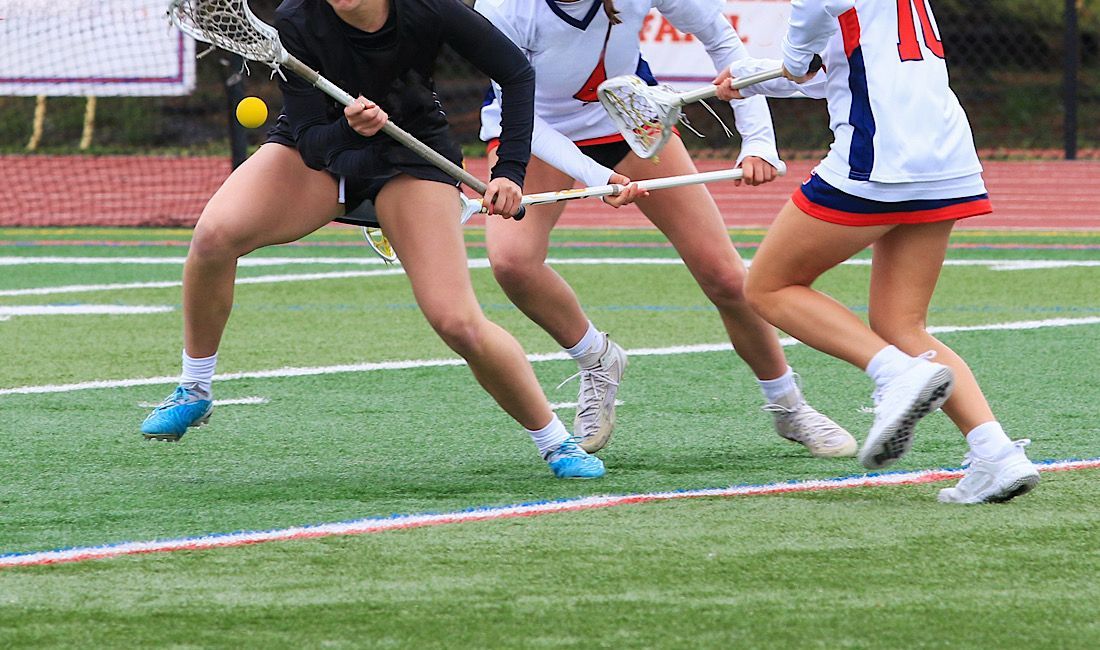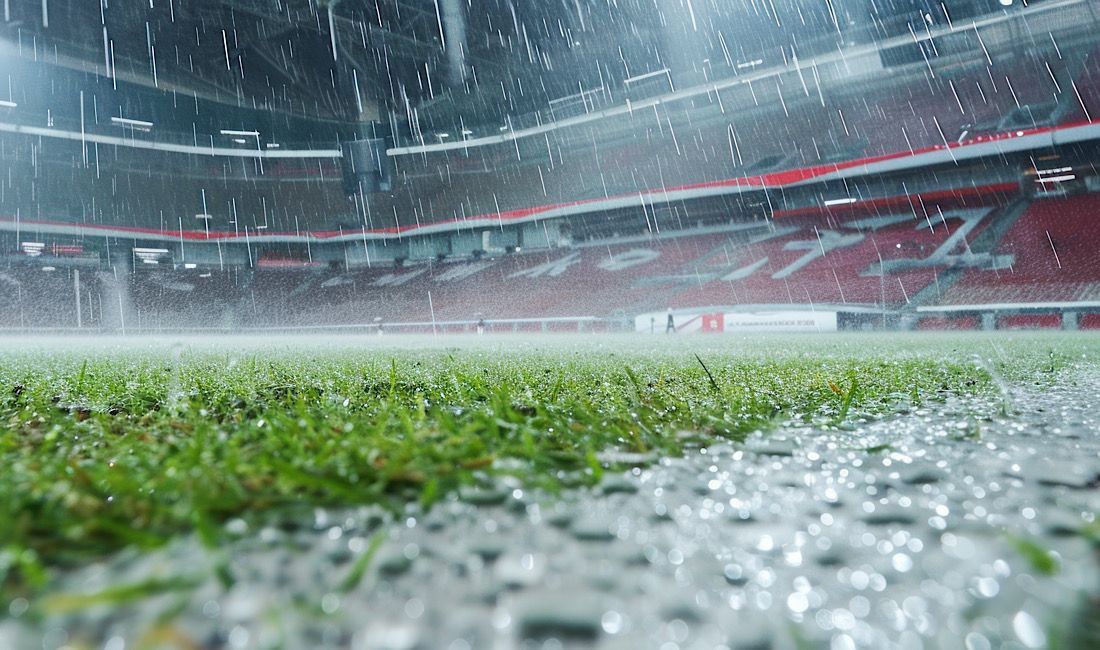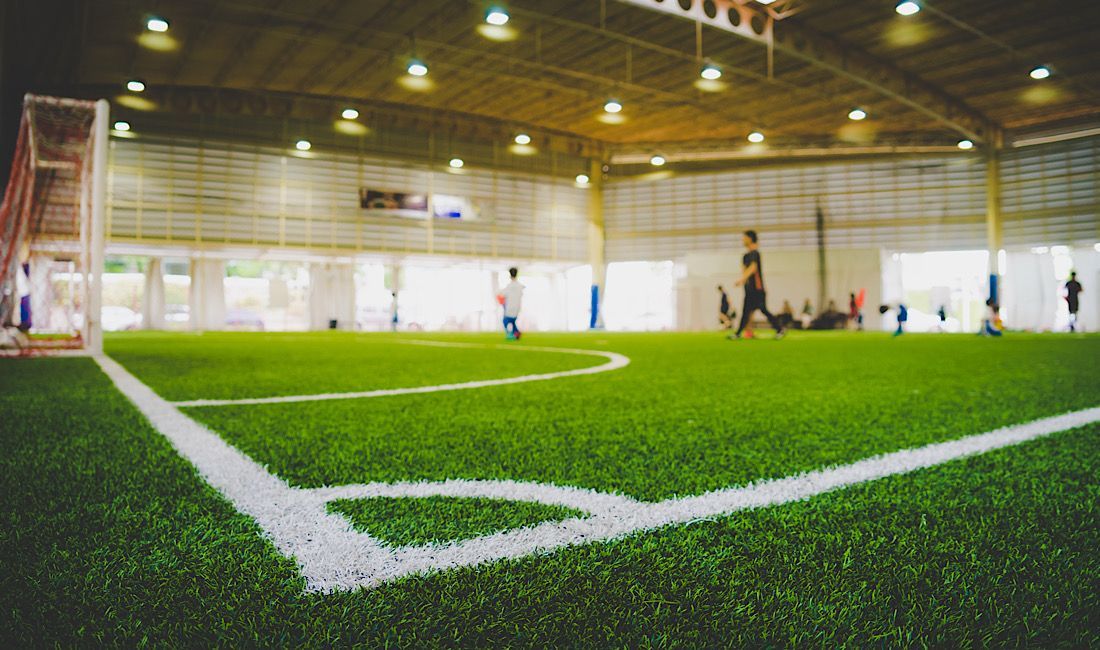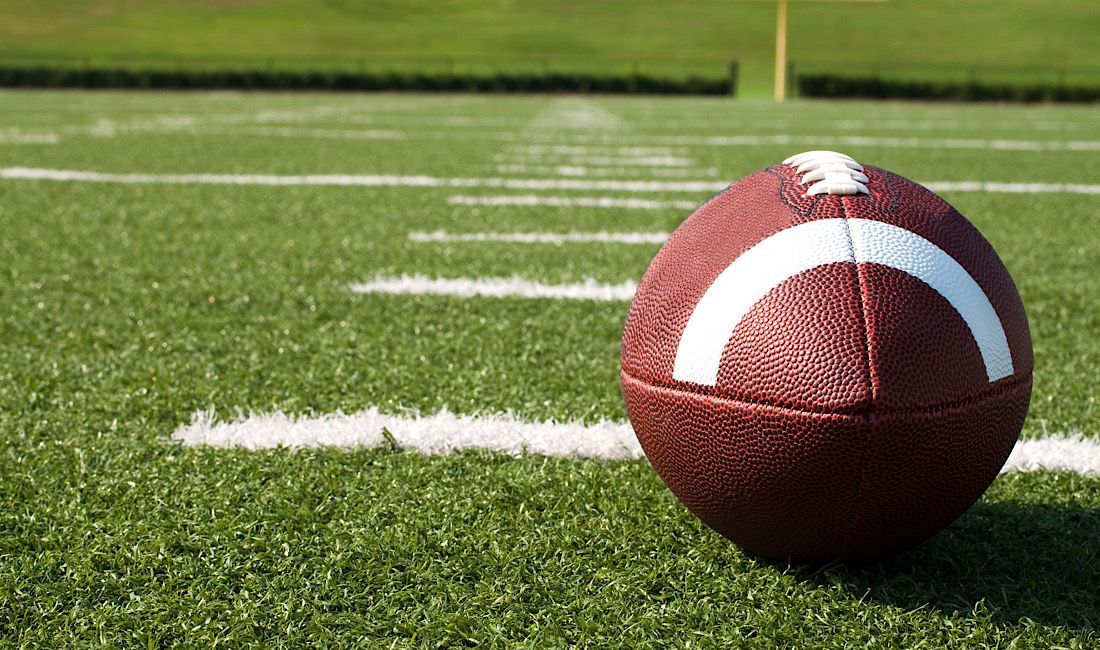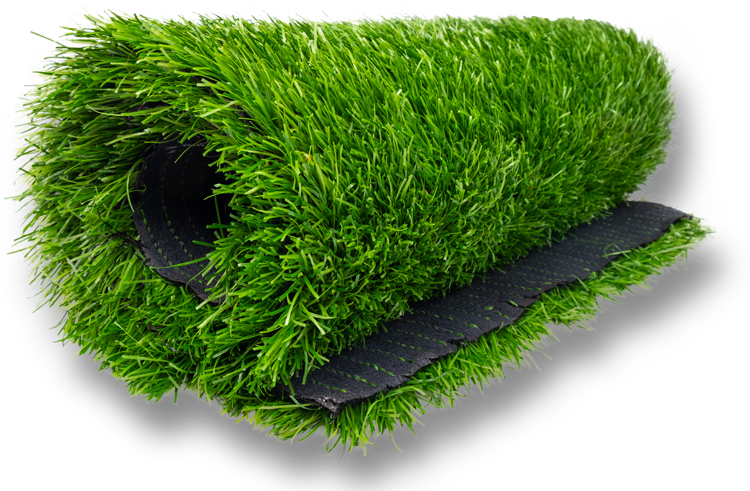The True Cost of Maintaining Grass vs. Turf Football Fields in Texas
For Texas superintendents and school boards, football fields are more than playing surfaces — they are community assets and cultural focal points. But behind Friday night lights lies a pressing financial question: What is the true cost of maintaining grass compared to synthetic turf?
In 2024–2025, inflation has further widened the gap. Rising water rates, labor shortages, and escalating fertilizer costs have made grass fields more expensive to sustain, while turf systems — though more costly upfront — continue to prove themselves as the long-term, budget-friendly choice.
At Texas Sports Turf & Netting, we’ve helped districts statewide evaluate these tradeoffs. What we’ve seen consistently is that turf is no longer simply an upgrade; it is becoming a financial necessity for Texas schools, balancing tight budgets and growing athletic demands.
Annual Maintenance Costs: Grass vs. Turf
Natural grass requires constant care to remain game-ready. Turf requires minimal upkeep. The difference in annual operating budgets has grown sharper this year:
- Grass football field maintenance: $40,000–$65,000 per year
- Synthetic turf maintenance: $6,000–$8,500 per year
The savings come from multiple factors:
- Labor: Grounds crews must mow, seed, fertilize, irrigate, and repair grass surfaces. Turf requires only brushing, infill top-ups, and sanitization.
- Water: A single grass field uses 1–1.5 million gallons annually. With water rates up 6–12% statewide in 2024, this now equals $8,000–$15,000 per field each year. Turf eliminates irrigation entirely.
- Chemicals & Supplies: Fertilizer, pesticides, and grass paint have all increased in cost by double digits since 2022. Turf requires none of them.
On average, districts now save $35,000–$55,000 annually per field by choosing synthetic turf.
Lifecycle Costs and ROI
Natural grass fields deteriorate quickly, requiring resodding, irrigation repairs, and ongoing investment. Turf systems, by contrast, have a predictable lifespan of 8–12 years.
10-year financial outlook for one football field in Texas:
- Grass: $450,000–$650,000 in cumulative upkeep
- Turf: $90,000 in upkeep + $950,000–$1.2 million installation
Despite inflation raising turf installation costs, districts typically break even in 6–8 years, with high-density urban districts seeing ROI in as little as 5–6 years due to higher water and labor costs.
Reliability and Scheduling Value
For schools, every canceled game or rescheduled practice carries financial and reputational costs. Grass fields in Texas are vulnerable to:
- Weather delays due to waterlogging
- Surface degradation from overuse
- Closures for recovery or maintenance
Synthetic turf, engineered with advanced drainage, can handle 15–20 inches of rain per hour and return to play in minutes. This ensures:
- No canceled varsity home games
- JV and freshman practices are uninterrupted
- Bands, soccer, and community programs with consistent access
Reliability translates directly into reduced disruptions, fewer transportation expenses, and stronger community engagement.
Safety and Liability Factors
Uneven grass surfaces and muddy conditions increase the likelihood of injuries — a risk districts cannot ignore. Synthetic turf provides a stable, level surface for athletes across all programs.
Modern turf systems also integrate shock pads designed to reduce impact severity and comply with ASTM and NFHS standards. The result is a safer environment, fewer minor injuries, and lower liability exposure for districts.
Added Revenue and Community Use
Turf fields unlock opportunities that grass cannot sustain. With no need for downtime or recovery periods, districts can host:
- Middle school and sub-varsity practices
- Soccer, lacrosse, and marching band rehearsals
- Summer football camps and youth tournaments
Many Texas districts now generate $20,000–$40,000 annually from facility rentals, offsetting maintenance costs and further strengthening ROI.
Superintendent Takeaways
For decision-makers navigating inflation and budget pressures, the financial case for turf has never been clearer:
- Annual savings of $35,000–$55,000 per field
- Up to 1.5 million gallons of water saved per year
- ROI in 6–8 years (5–6 in high-cost districts)
- Fewer cancellations, more reliable scheduling
- Safer surfaces with NFHS-compliant design
- Potential rental revenue of $20,000–$40,000 annually
In a year when inflation is pushing operational costs higher, synthetic turf has become not just an athletic upgrade, but a strategic financial safeguard for Texas schools.
At Texas Sports Turf & Netting, we help districts design, install, and maintain turf systems that meet budget, safety, and performance needs — ensuring facilities remain an asset for years to come.
Make the smart financial choice for your district.
Call Texas Sports Turf & Netting today at 281-876-7958 to learn how synthetic turf can save money, increase safety, and provide lasting value for your schools.
